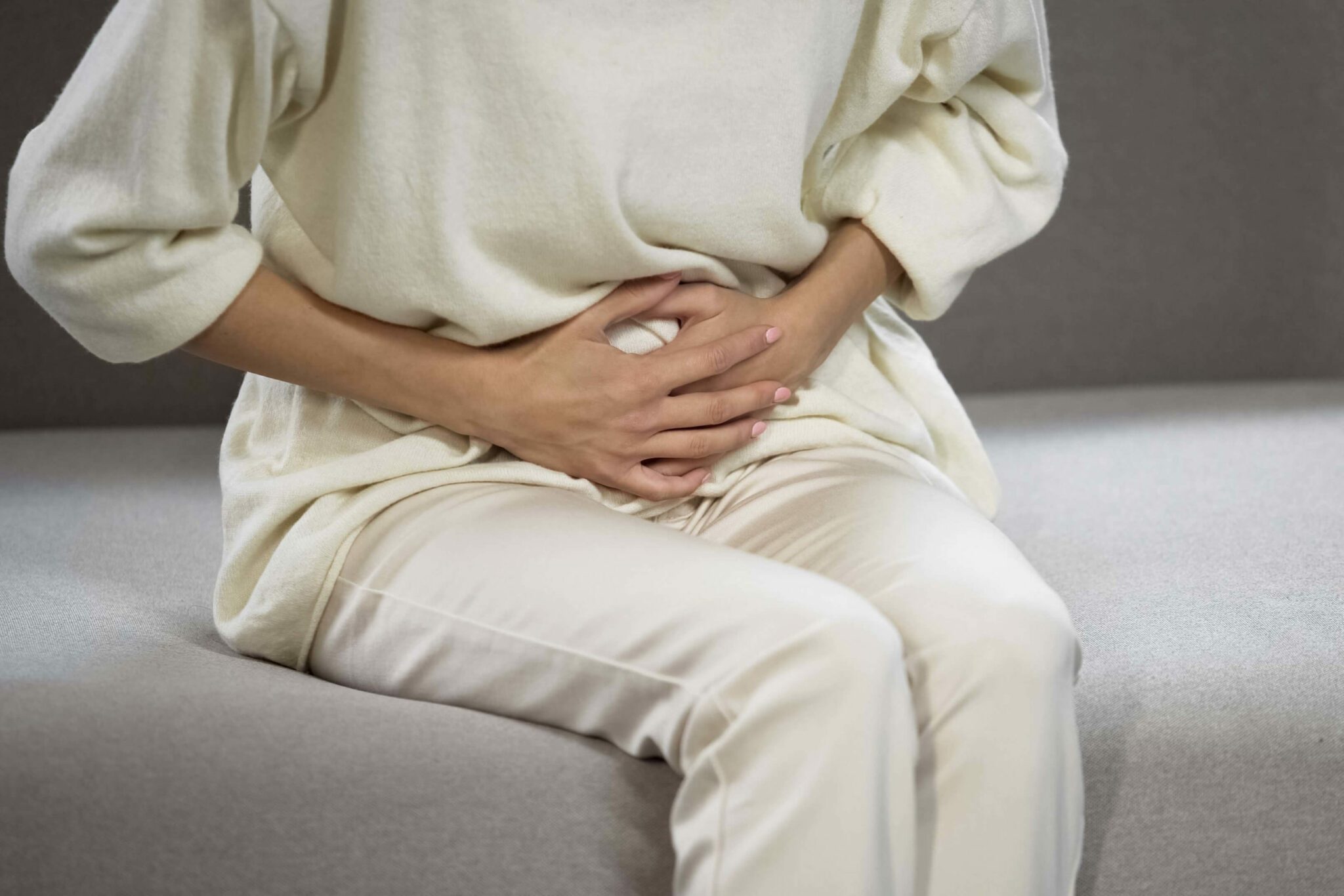The Symptoms of Endometriosis

Endometriosis occurs when endometrial tissue implants in locations other than the uterine cavity. Endometriosis presents with a range of symptoms which vary depending on the site of endometrial tissue implantation. Diagnosis is complicated by the fact that not all patients will experience every symptom. In fact, 20-25% of patients with endometriosis are asymptomatic.
What are the most common symptoms of endometriosis?
For patients who do experience symptoms, pain and infertility are the most common.
[table id=5 /]
For those patients who experience pain during defecation and urination, the sensation is usually exasperated during menstruation.
Other patients report a heavy feeling in their legs, or lower back, nausea, lethargy and chronic fatigue.
Why is diagnosis of endometriosis difficult?
The problem with diagnosis of endometriosis is that many of the symptoms resemble those of other conditions, for example, pelvic inflammatory disease, ovarian cysts and irritable bowel syndrome. Thus, sometimes diagnosis is a process of elimination.
Additionally, it has been demonstrated that the extent of the endometrial deposits does not necessarily correlate with the severity of symptoms. For example, sometimes laparoscopic investigation reveals mild endometriosis, but patients report intense pain; conversely, some patients with advanced endometriosis report only minor symptoms.
With no known cure, treatment of endometriosis typically involves management of symptoms. This is no easy task as endometriosis can strongly impact on a patient’s quality of life, affecting their physical, emotional and social well-being.
Nabta is reshaping women’s healthcare. We support women with their personal health journeys, from everyday wellbeing to the uniquely female experiences of fertility, pregnancy, and menopause.
Get in touch if you have any questions about this article or any aspect of women’s health. We’re here for you.
Sources:
- Bulletti, C, et al. “Endometriosis and Infertility.” Journal of Assisted Reproduction and Genetics, vol. 27, no. 8, 25 June 2010, pp. 441–447., doi: 10.1007/s10815-010-9436-1.
- Endometriosis Symptoms. Endometriosis UK, www.endometriosis-uk.org/endometriosis-symptoms.
- Endometriosis. Mayo Clinic, 24 July 2018, www.mayoclinic.org/diseases-conditions/endometriosis/symptoms-causes/syc-20354656.










